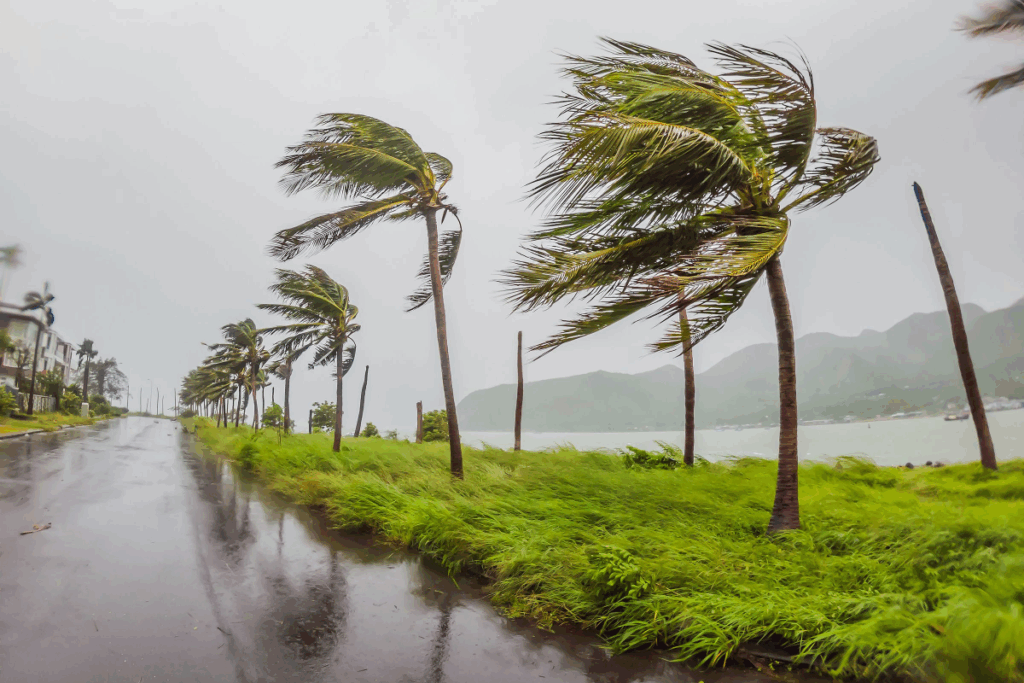Millions Displaced Across Asia
Nearly two million residents in southern China were evacuated as Typhoon Ragasa battered one of the world’s most densely populated coastlines. The storm, which had already caused deadly flooding in Taiwan and destruction in the Philippines, paralyzed Hong Kong, Macao and parts of Guangdong province before weakening to a severe tropical storm.
Authorities in Guangdong confirmed that 1.89 million people had been relocated ahead of landfall. Tens of thousands of fishing vessels were moved to safer waters, while more than 38,000 firefighters were placed on standby. Coastal cities like Zhuhai ordered mandatory evacuations for high-rise residents near the shore.
In Hong Kong and Macao, daily life ground to a halt as schools, airports, and public transit closed under the highest hurricane warning signals. At least 90 people in Hong Kong were injured, and nearly 900 residents sought shelter in temporary facilities. Videos showed storm surges smashing through hotel doors, flooding lobbies, and sweeping people off their feet.
Taiwan’s Deadly Flooding
While southern China braced for impact, Taiwan faced the storm’s most tragic consequences. A natural dam, formed by a landslide earlier this year, collapsed under Ragasa’s rainfall, releasing 68 million tons of water. The sudden flood devastated Guangfu township in Hualien County, killing at least 17 people and leaving 17 more missing.
Entire neighborhoods were inundated as cars and homes were swept away. A major bridge collapsed, further isolating communities. Officials admitted they had predicted the dam could overflow by October but underestimated the impact of typhoon rains. Rescue teams continue searching for survivors amid debris and damaged infrastructure.
Infrastructure Tested in Hong Kong and Macao
Hong Kong, often praised for its storm-preparedness systems, faced a major stress test. Winds topping 180 kilometers per hour uprooted trees and tore scaffolding from buildings. Sea levels surged by over three meters in some districts. Despite extensive drainage systems designed to prevent catastrophic flooding, parts of the city were submerged.
In Macao, waist-deep water inundated streets in the gambling hub, forcing casinos, hotels and shops to shut down. The city’s high population density made emergency responses more challenging, although no fatalities were immediately reported.
A Growing Climate Threat
Experts warn that Ragasa exemplifies how climate change is intensifying tropical storms across Asia. Warmer oceans and increased atmospheric moisture provide more energy for typhoons, leading to greater rainfall, higher wind speeds and stronger storm surges.
Hong Kong has already recorded nine typhoons this year, well above its usual annual average of six. Scientists caution that existing building codes and coastal defenses may not be sufficient to handle future storms of this magnitude.
Cleanup operations are now underway in the Philippines, where Ragasa first made landfall as a Category 5 storm. At least seven fishermen were killed when their vessel capsized off Luzon. Meanwhile, meteorologists are monitoring another storm, Opong, which is intensifying in Philippine waters, underscoring the long and dangerous typhoon season still ahead.


